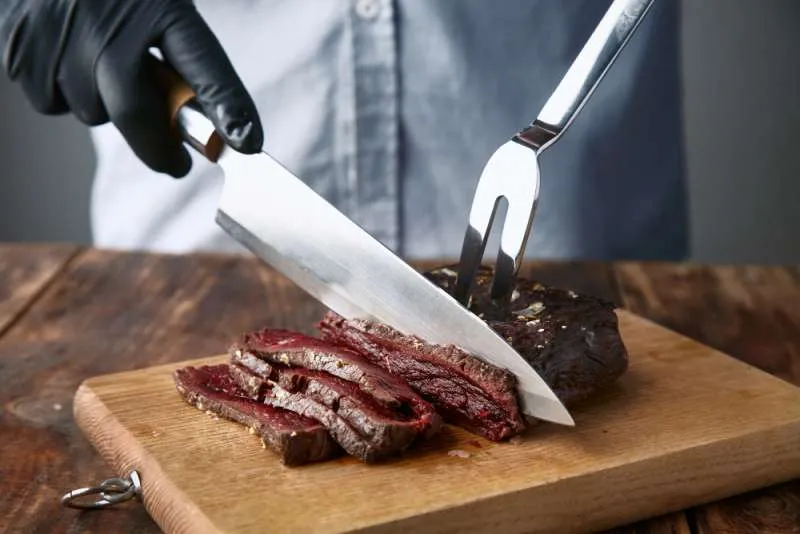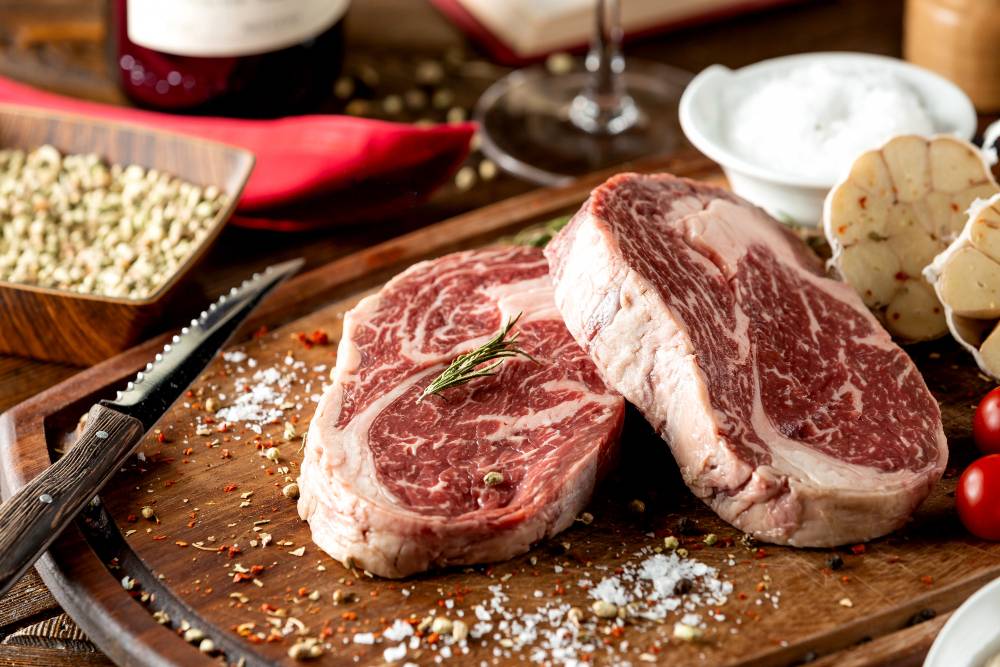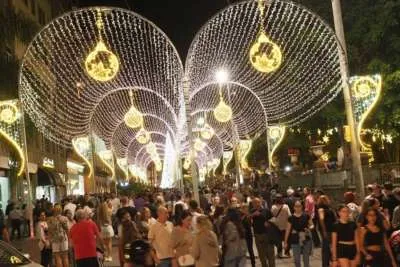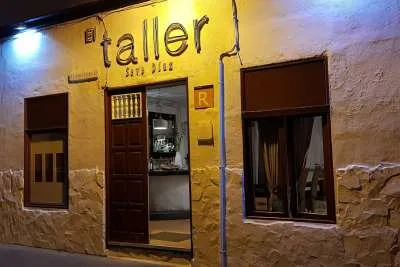A guide to finding the rarest steaks worldwide
- 31-01-2025
- Travel
- collaborative post
- Photo Credit: Freepik
Discovering the rarest and most exquisite cuts from around the world is a thrilling adventure for steak lovers. From highly marbled Japanese Wagyu to exclusive grass-fed breeds found in remote regions, these steaks are not just meals, they’re culinary experiences.
But finding them requires knowledge, patience, and sometimes even a bit of travel. This article will guide you through the journey of finding the rarest steaks worldwide.
1. THE WORLD’S RAREST STEAKS AND THEIR ORIGINS
The rarest steaks come from specific breeds of cattle or regions known for their unique flavours and tenderness. One famous example is Kobe beef from Japan. This steak comes from Wagyu cattle raised with special care, including massages and a unique diet.
Another rare steak is the Argentinian grass-fed beef, known for its rich flavour, which comes from cattle raised on the vast open pastures of Argentina.
Then there's the Iberian steak from Spain, raised on acorn-fed cattle. Each steak has its distinct flavour, texture, and tenderness due to the origin and methods of raising the cattle.
2. AUTHENTICITY
Many steaks are advertised as “Kobe” or “Wagyu,” but not all meet the true standards of these prized cuts. Authentic Kobe beef, for example, comes from a specific breed of cattle in Japan and must meet strict quality standards.
To ensure you’re getting the real deal, look for certifications or provenance from trusted sources. Authentic rare steaks will usually come with documentation proving their origin and the farming practices used. Always ask about the steak’s source, and avoid steaks that don’t offer transparency.
3. GRADING SYSTEMS
Different countries use different grading systems, but the most famous is the USDA grading in the United States. Steaks are graded as Prime, Choice, or Select, with Prime being the highest quality.
In Japan, Kobe beef uses the Japanese Beef Marbling Standard (BMS), which grades the marbling of fat in the steak. Steaks with higher marbling tend to be more tender and flavourful.
When looking for the rarest steaks, you should focus on the highest grades, like A5 Wagyu or USDA Prime. These grades guarantee top-notch quality, ensuring you experience the best flavour and texture.
4. AGEING METHODS
Ageing can be broken down into two primary categories: dry ageing and wet ageing. Dry-aged steaks are hung in a controlled environment for several weeks, which intensifies their flavour and creates a more tender texture. This method is often used for high-quality cuts like ribeye or porterhouse.
Wet-aged steaks are vacuum-sealed and stored in their juices, resulting in a milder flavour. Dry ageing is less common, and steaks that are dry-aged for long periods are rarer and more expensive. If you want a rare, flavourful steak, consider opting for one that’s dry-aged.
5. ETHICAL SOURCING
Ethical sourcing means that the cattle are raised in humane conditions, with access to open space, and are fed a healthy diet. Additionally, sustainable farming practices ensure that the land and environment are preserved.
When looking for the rarest steaks, consider purchasing from farms that prioritise animal welfare and environmental sustainability. Look for certifications such as grass-fed, pasture-raised, or organic labels to ensure that the steak you’re buying comes from an ethical and responsible source.
Indulge in These Exclusive Cuts Through Trusted Sources
Savouring the world's rarest steaks offers a unique culinary experience with their unique flavours and textures. By sourcing from trusted suppliers and using the right cooking techniques, you can savour these exclusive cuts at their finest. To enhance your steak preparation, check out the steak cooking guide for expert tips on how to make the most of these premium meats.

Other articles that may interest you...
Trending
Most Read Articles
1.
2.
Featured Videos
A Vision of Elvis Tenerife Promo
- 10-05-2025
TEAs 2025 Highlights
- 17-11-2025



























































